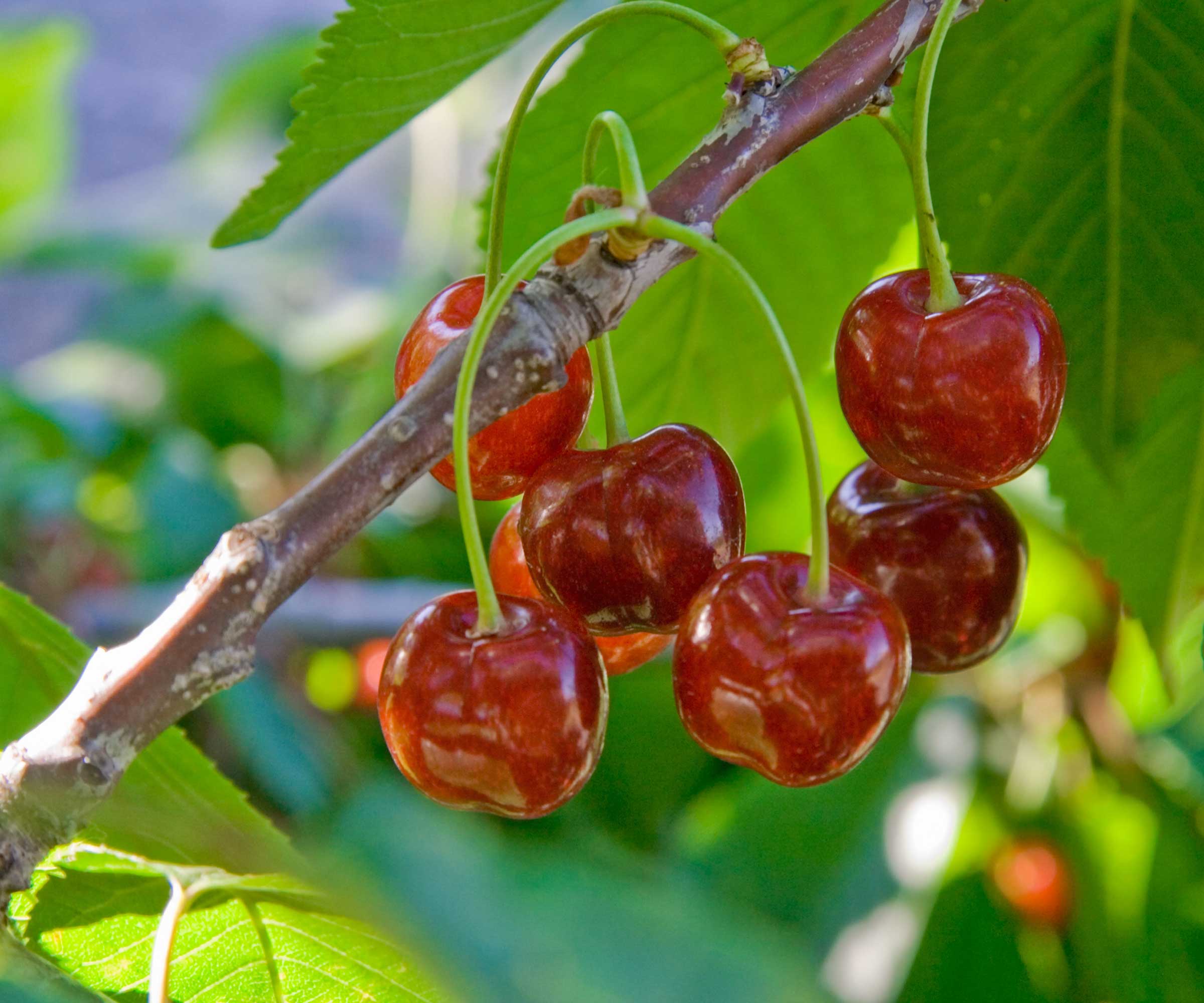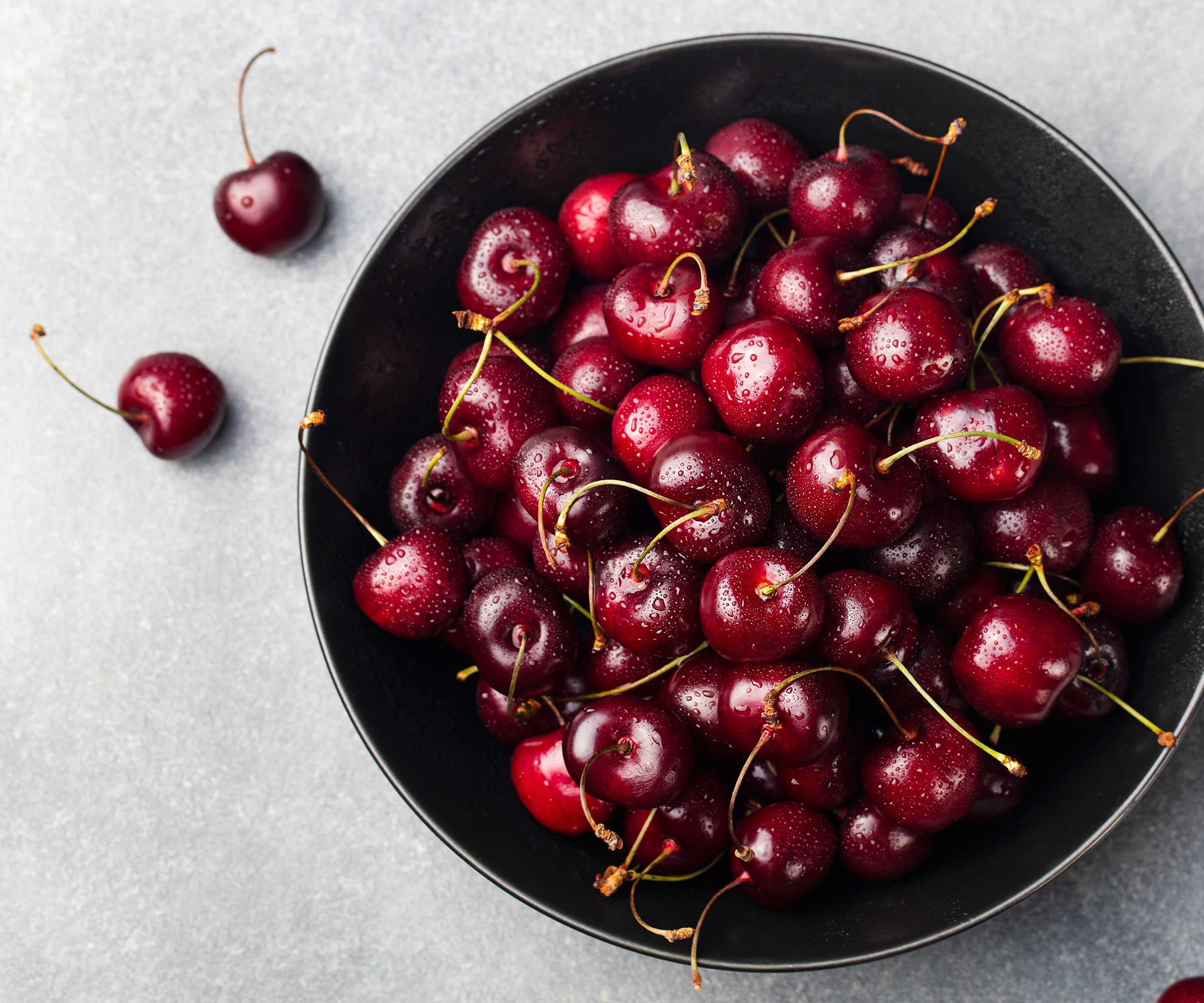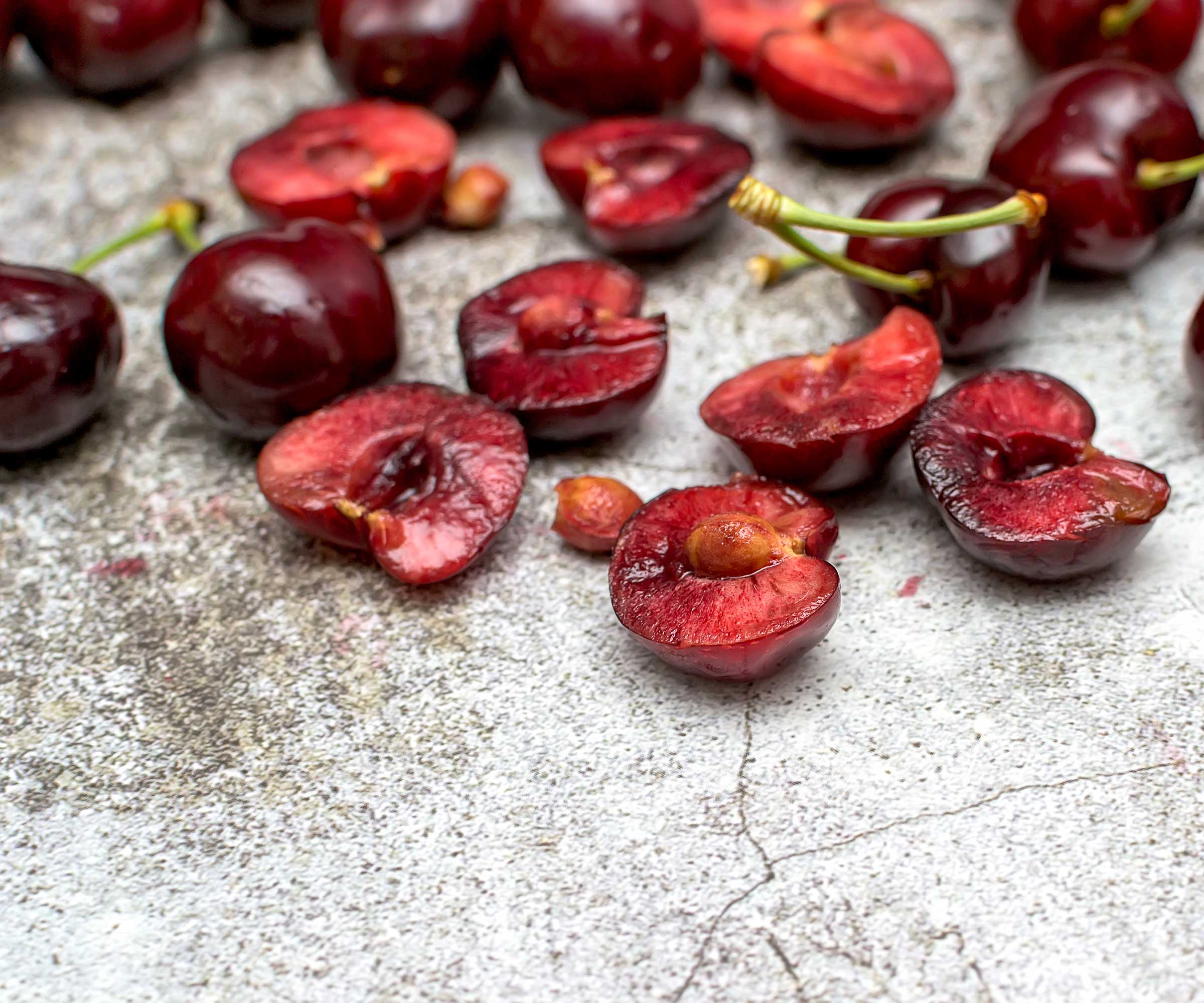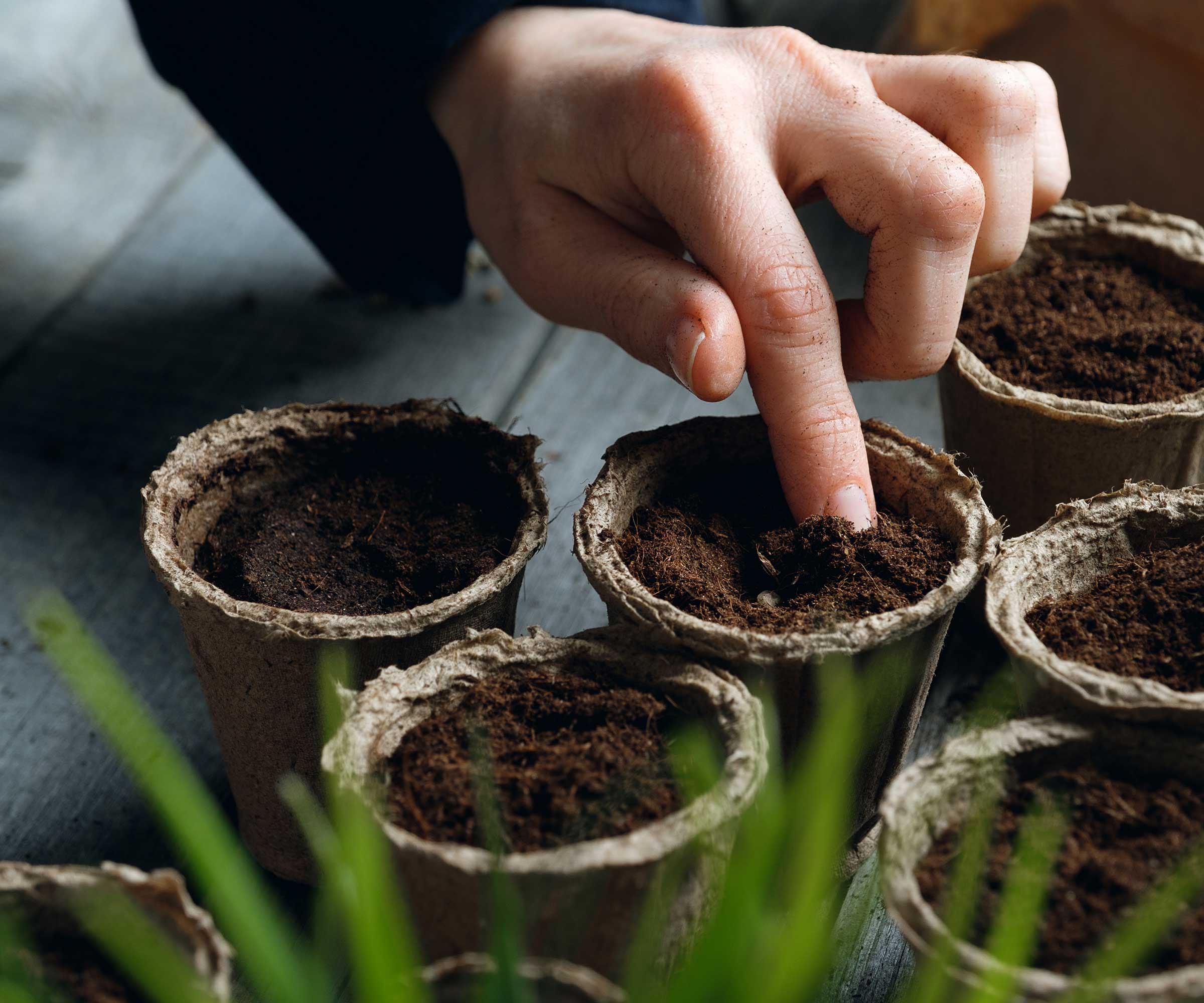
Q: I love cherries and would like to grow a cherry tree of my own in my backyard. Rather than buying one from a nursery (they can be quite expensive), can I plant the seeds from the cherries I eat?
A: Cherries are one of the best fruit trees, and it is possible to grow them from seed. Just note that it will be a long time before you can enjoy a bountiful crop – sometimes, up to ten years. As well as this, cherries grown from pits will not grow 'true to type', as points out Rebecca Sears of Ferry-Morse. This means that the cherries will likely taste differently than the original cherry the pit came from.
However, with the right methods and maintenance, it can still be a fun activity to try – and you may end up with a beautiful blossoming tree and a delicious harvest as a result.

Practical advice for growing cherries from seed
Try growing a cherry tree in your garden with these expert (and budget-friendly) tips.

How to harvest cherry seeds
Start by removing the pits of your cherries, says Rebecca. Then, wash them to remove the flesh.
Next, gardening expert Charmaine Peters recommends cutting open the pits – these are the hard, woody shells that protect the seeds, she explains. Once gently extracted, soak the seeds in a bowl of warm water for about two hours, she continues. This can help rehydrate them and softens the seed coat to improve the chances of successful germination, she says.
Your seeds will need to go through the process of stratification, which will prepare them to sprout. To do so, place them in a damp paper towel in a plastic storage bag.
'Store the pack in the refrigerator for about ten weeks,' Charmaine says. 'Remember to always label your bag with the cherry variety and note the start and end dates of stratification to keep track of the process.'
Top tip: Before putting your seeds in the fridge, Charmaine recommends sprinkling some cinnamon powder on them. 'Cinnamon has antifungal properties, and applying it can help prevent the growth of mold or fungi on the seed.'

How to plant cherry seeds
After stratifying, you can plant your seeds. 'Plant them in a small pot or seed tray,' instructs Autumn Hilliard-Knapp of Perfect Plants Nursery. 'Cherry seeds thrive in well-draining soil and require a few inches of space between them for ample growth.'
Once planted, place the seeds in a south-facing window or greenhouse, keeping them warm, Autumn continues. 'Water them 1-2 times a week, ensuring the moisture is sufficient but not excessive. Approximately two weeks later, seedlings should start emerging from the soil.'
Once your seedlings are about 8-12in tall, and any danger of frost has passed, you can transplant them outside, Charmaine says. Harden them off for about a week, first, to help them acclimate to their new outdoor home, recommends Rebecca.
'Make sure your intended growing area receives at least eight hours of sunlight each day, as this will be essential for fruit production,' Rebecca says. Cherry trees grow best in well-drained soil with a neutral pH, which can be easily determined by using a pH meter, she adds. pH meters are available to buy from Ferry-Morse.
'After planting, ensure thorough and consistent watering – approximately two times a week,' says Autumn. 'As the tree matures, its water requirements will decrease. Applying fertilizer during the spring season can be beneficial,' she adds.
It's a good idea to protect them from birds and squirrels, too, notes Charmaine.
You will also need to prune your cherry tree as it grows.

FAQs
When should you transplant cherry seedlings outdoors?
'Late spring to mid-summer is the ideal time for planting cherry trees outside,' says plant expert Autumn Hilliard-Knapp.
Can you plant a seed from a store-bought cherry?
'You can technically grow a cherry tree from store-bought cherries,' says gardening expert Charmaine Peters. However, the success rate can vary.
'Factors such as the specific variety of cherries, how they were handled before reaching the store, and whether they were exposed to any treatments or chemicals can impact seed viability,' she explains.
'Therefore, I suggest getting fresh local cherries to harvest seeds from. You can explore options from farmers' markets, local orchards, nurseries, or garden centers. This way, you can ensure that the cherries have not been subjected to any treatment or chemicals and are more likely to survive in your agricultural growing zone.'
What are the best types of cherry to grow from seed?
The best varieties of cherries to harvest mainly depends on the climate of your region, says gardening expert Charmaine Peters. 'Make sure you know your USDA zone to help you identify the type of cherries that can thrive in your area.
'Montmorency cherries are the most adaptable cold-hardy cherry trees,' she continues. 'They can adapt to cold and warm climates in USDA zones 4 through 9.' The fruits have a tart and tangy flavor, she adds, and are commonly used in various culinary creations, including pies, jams, sauces, and desserts. You cannot typically consume them fresh, because they are not sweet, she notes.
'If you want a supply of your own sweet cherries, I recommend planting a "Bing" cherry tree,' she continues. 'It is the most consumed variety found in grocery stores in the country. It thrives in USDA zones 5 through 8 and produces dark red, heart-shaped cherries.'
Top tip: 'Sour cherries have both male and female flowers and are self-pollinating, so you could plant just a single tree and still receive fruit,' points out Rebecca. In contrast, some types of sweet cherry trees require planting both a male and a female tree in order to bear fruit.
Growing fruits from harvested seeds is an enjoyable challenge, and incredibly rewarding if successful. As well as trying it with cherries, consider saving watermelon seeds or persimmon seeds for more tasty crops. And if you'd like to expand your vegetable garden, you could save and plant the seeds from cucumbers or basil, too.







